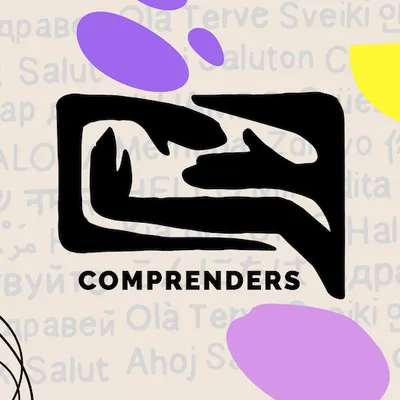
What are some nonverbal cues that can help during negotiations
Nonverbal cues play a critical role in negotiations by helping to build rapport, convey confidence, and interpret the other party’s emotions and intentions. Key nonverbal signals that are helpful during negotiations include eye contact, facial expressions, gestures, posture, and mirroring.
Important Nonverbal Cues in Negotiations
-
Eye Contact: Maintaining eye contact about 60-70% of the time indicates engagement, sincerity, and confidence. Avoiding eye contact can signal unease or lack of confidence, which may undermine the negotiation. 1, 3, 9
-
Facial Expressions: Genuine smiles with eye crinkling signal openness, while a tight-lipped smile may conceal displeasure. Raised eyebrows can show surprise, while furrowed brows indicate confusion or concentration. Read these expressions to gauge emotional states and adjust approach accordingly. 3, 9
-
Gestures: Open palm gestures convey honesty and receptiveness. Nodding affirms understanding and agreement, while shaking the head signals disagreement. Crossed arms often denote defensiveness or closed-off attitudes. 5, 3
-
Posture: Leaning forward shows interest and engagement; leaning back or crossing arms may suggest skepticism or disinterest. Sitting or standing up straight projects confidence. 9, 3, 5
-
Mirroring: Subtly mimicking the other party’s body language can build rapport and facilitate agreement by creating a sense of connection and trust. 7, 3
-
Active Listening through Body Language: Leaning in and turning your head towards your counterpart signals that you are listening intently and engaged. 6
Summary
Using these nonverbal cues consciously during negotiations helps foster trust and rapport, signals confidence, and provides valuable emotional insights. This enhances communication beyond words and can influence negotiation outcomes positively. Balancing eye contact, using open gestures, positive facial expressions, engaged posture, and mirroring are practical techniques to apply. 1, 3, 5, 6, 7, 9
This combination of nonverbal behaviors supports more effective negotiation interactions by complementing verbal communication and building connections based on trust and mutual understanding.